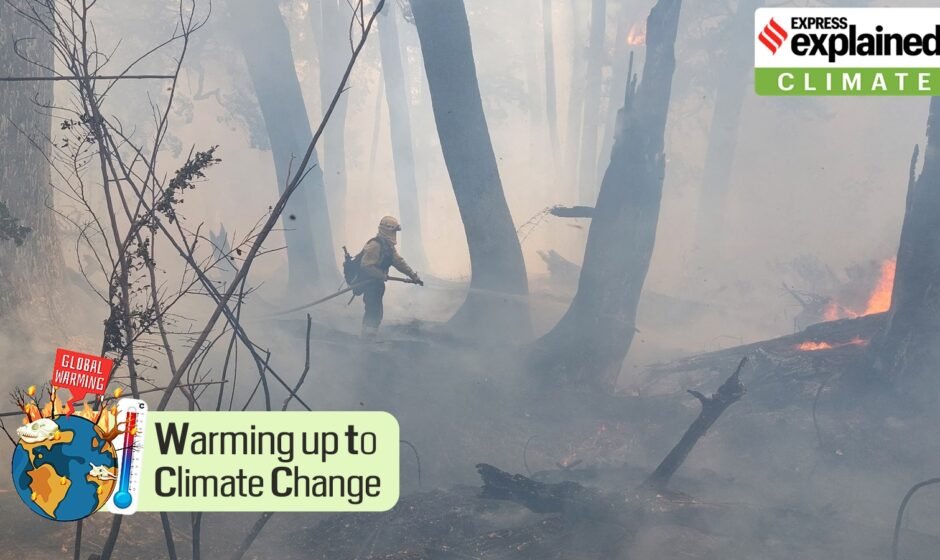Climate change is a pressing issue with severe consequences such as droughts, water scarcity, severe wildfires, and rising sea levels. However, there is still a lot of confusion and misinformation surrounding the subject. To address this, a series of explainers has been created to answer fundamental questions about climate change, its science, and its impact. In this sixth installment, the question being answered is, “What are climate tipping points?”
Climate tipping points refer to critical thresholds in which a natural system can transition into an entirely different state, leading to irreversible and disastrous consequences for the planet. These tipping points can result in further warming. For example, rising global temperatures can cause a rainforest to transform into a dry savannah. This change is driven by self-perpetuating feedback loops, even if the initial driving force behind the change stops. The system, in this case, the forest, may remain in a “tipped” state even if the temperature falls below the threshold again.
Breaching one tipping point can increase the likelihood of crossing others, setting off a catastrophic domino effect. For instance, unabated global warming can cause irreversible ice melt from the Greenland ice sheet. This, in turn, could disrupt the ocean’s circulation of heat, known as the Atlantic Meridional Overturning Circulation (AMOC), which could impact South America’s monsoon system. Changes in the monsoon system may lead to a rise in drought frequency in the Amazon rainforest.
Scientists have identified various climate tipping points across the Earth system, falling into three broad categories: cryosphere, ocean-atmosphere, and biosphere. These tipping points range from the melting of the Greenland ice sheet to the death of coral reefs.
According to the Global Tipping Points Report led by Professor Tim Lenton from the University of Exeter’s Global Systems Institute, there are currently five major tipping points at risk of being crossed due to warming. These include the collapse of big ice sheets in Greenland and the West Antarctic, widespread thawing of permafrost, death of coral reefs in warm waters, and collapse of one oceanic current in the North Atlantic. Once the planet surpasses the 1.5 degree Celsius threshold, additional tipping points such as the death of boreal forests, mangroves, and seagrass meadows could be breached.
Crossing these tipping points could have catastrophic impacts on societies, potentially leading to violent conflicts, mass displacement, and financial instability.
To avoid breaching tipping points, it is crucial to curb greenhouse gas emissions. Unfortunately, global governance is currently inadequate to minimize the threat of tipping points and do so equitably. Greenhouse gas concentrations in the atmosphere reached record levels in 2023, indicating a need for urgent action. However, even with global emergency measures, some tipping points may still be crossed.
Addressing climate change and preventing tipping points requires collective effort and a reduction in greenhouse gas emissions. It is essential to act now to protect our planet and avoid irreversible consequences.
To learn more about climate change and its various aspects, you can refer to the previous parts of the explainer series.




